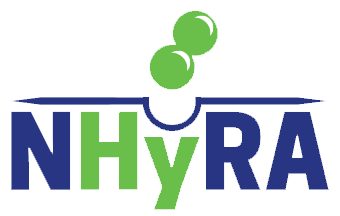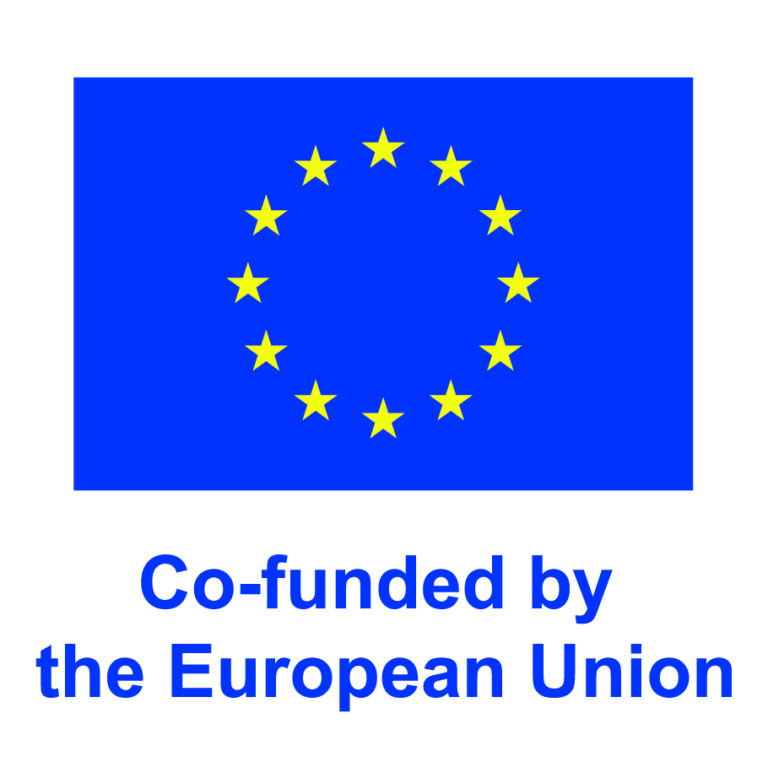NHyRA aims to deliver reliable measurement and quantification methods, new data and rigorous calculation-based models in order to determine H2 releases from the H2 value chain and assess its potential climate impact.


About the project
It is very challenging to know how much hydrogen (H2) is released from the value chain since insufficient and, when available, no standardized data can be found in the literature.
However, it is essential to cover this knowledge gap to perform any credible and scientifically validated research regarding the H2 value chain impact on the climate change.
The literature is full of studies investigating and calculating the risk of H2 leakages in case of failures, accidents, and emergencies. But significant knowledge gaps exist about the amount of anthropogenic H2 (in the atmosphere) from the H2 value chain.
The research community needs to address this by improving the capability to quantify small and large releases, delivering validated methodologies and techniques for measuring or calculating them. A universally accepted and open-access inventory is needed as soon as possible. Likewise, an open access and comprehensible tool that is easy to be used is also asked by the stakeholders to better quantify the leaks from the whole in H2 value chain while the momentum is fast gathering to upscale H2 energy applications.
The NHyRA project is specifically designed to address these urgent needs. The project will deliver a “H2 releases” inventory to serve as a reference for the scientific and industrial community. New or adequately adapted experimental, theoretical, and simulation methodologies will be validated to perform laboratory or in-field measurements to achieve the ambitious goal. Experimental tests will also be performed on the most critical elements of the H2 value chains by the partners of the Consortium.
A complete picture of the H2 releases’ scenarios in the middle (2030) and long (2050) term will be developed to enable decision-makers to identify and prioritize effective mitigation actions.
And finally, the project will formulate recommendations for Standards and Technical Specifications.

